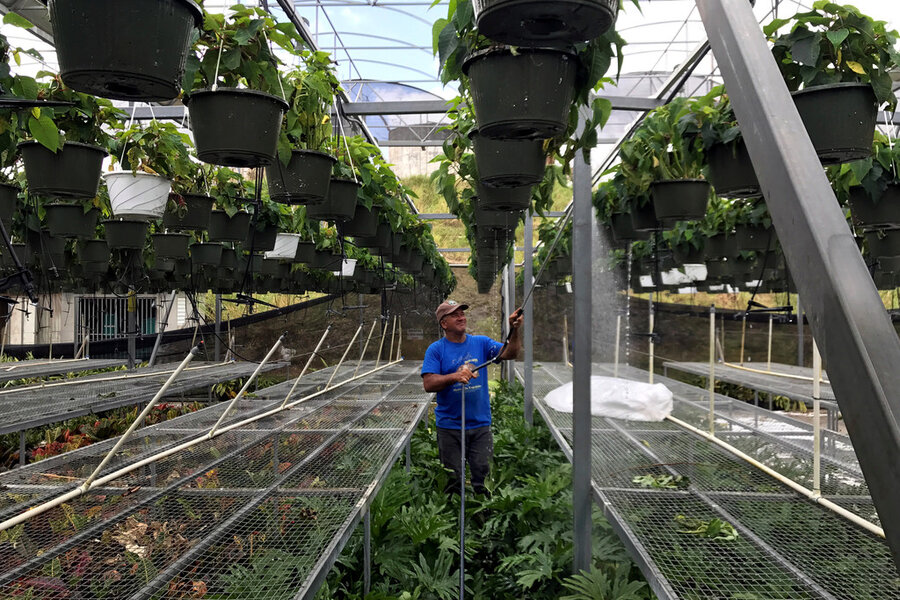Here’s a seed of hope for storm-struck Puerto Rico
Loading...
When a giant tornado with 250 miles-per-hour gusts wiped out Greensburg a decade ago, the small prairie town in Kansas looked a lot like Puerto Rico today, more two weeks after hurricane Maria. Power was out for days, many buildings were laid flat, and the future seemed bleak. As many now predict for Puerto Rico, about a third of the residents then moved away.
To those who left, the idea of using a catastrophic storm to reinvent the community could not even be imagined.
Puerto Rico, like Greensburg soon after its disaster, is only now emerging from survival mode. But its 3.4 million American citizens have a rare chance to do what 900 people in Greensburg were able to do over the past 10 years: They can not only rebuild their community but rebrand it with a new vision.
After Greensburg’s tornado, residents gathered together for weeks and finally declared they were “blessed with a unique opportunity.” The disaster forced the farming community to look to its “community treasures”: the prairie winds and bright sun. Greensburg decided to become the greenest town in the United States, a showcase of sustainability.
Today Greensburg relies mainly on wind and solar for power. And in reconstructing the town, residents relied on highly energy-efficient standards. Greensburg today has the most LEED (Leadership in Energy and Environmental Design) Platinum certified buildings per capita in the world. The cost savings and other benefits from thinking afresh saved the economy and the town.
Could Puerto Rico reinvent itself by also thinking afresh?
One idea, which was planted a few years ago as the island went into a fiscal crisis, is to return the economy to its roots – literally.
Before World War II, Puerto Rico relied mainly on agriculture, a result of its tropical climate and fertile soil. But a social stigma grew up around farming as the island became urbanized and industrialized. Working the land was seen as the lowest class of labor. Today only about 1 percent of the economy relies on agriculture. And – hard to believe – the island must import about 80 percent of its food.
In the past few years, however, some entrepreneurs have tried to break that stigma by introducing new farming techniques or by setting up farm-to-table restaurants. About 2,000 new farms have been started and cultivation has risen about 50 percent.
Just as Greensburg had to shed old ways of thinking, Puerto Rico could finally shed the false shame associated with farming. Its recovery may lie in seeing a blessing after a storm – and by gaining new appreciation of its basic treasure, a rich landscape in which farmers could someday be honored.







